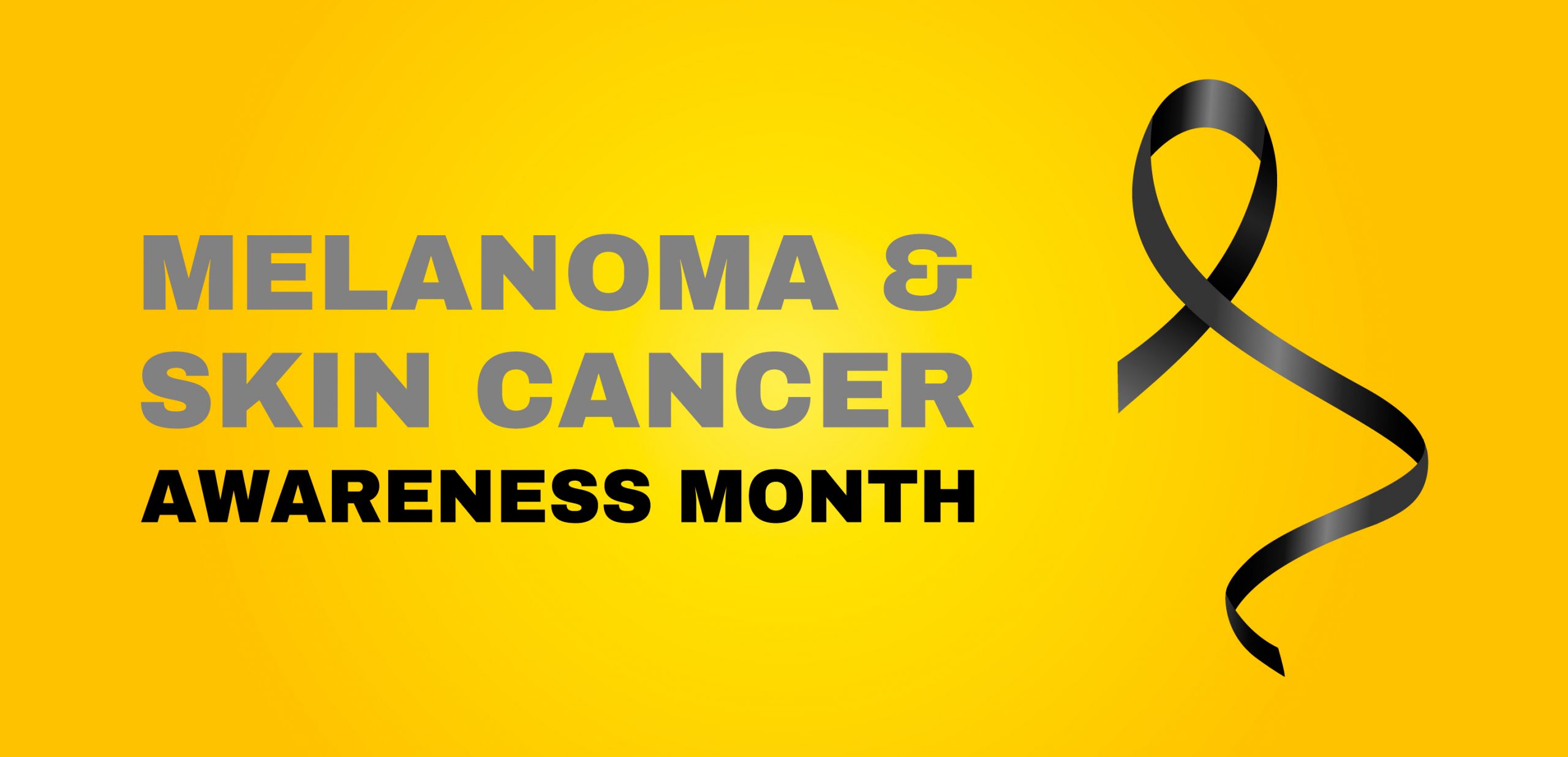
At Skin Cancer & Cosmetic Surgery Center of NJ, we take skincare very seriously, and we are here to help ensure that you receive the best possible care. Our revolutionary facility allows for diagnosis and treatment to occur under one roof. Therefore, this allows for less travel and less stress regarding your dermatology treatment, and you can trust that you are working with a board-certified dermatologist.
The main goal of the Skin Cancer & Cosmetic Surgery Center of NJ is to ensure that treatment is specific to each patient; this is accomplished by treating patients on an individual basis by looking internally as well as externally to find a proper diagnosis. You will find comfort in the fact that the staff consists of a team of compassionate doctors who aim to offer the highest quality treatment to every patient they see.
It is essential to diagnose and treat cancerous and precancerous lesions as early as possible. If you find a mole or lesion, it is very important to keep a close eye on ensuring that the lesion or mole does not change.
What is Melanoma?
Melanoma is cancer that originates on the skin’s surface due to melanocytes, also known as pigment-producing cells, mutating and dividing at a rapid rate. The causes for this cellular behavior are not known completely. However, genetics, extreme sun exposure, and even fair skin contribute to increasing the odds of getting melanoma cancer.
Full Body Skin Exams are the Best Way to Diagnose Melanoma
Doing a routine full-body skin examination can help you identify signs that a certified dermatologist should professionally evaluate. You should also schedule an annual full-body skin examination with your dermatologists as part of your routine health care.
If a mole is asymmetrical, then there is a possibility that it is melanoma. Moles that are not circular or even have jagged edges or you notice a change in color should be evaluated. If the mole is uneven or notched, then you may want to schedule an appointment with a dermatologist that is knowledgeable in treating cancers of the skin, including melanoma.
Melanoma moles are often varying shades of brown, tan, or black. However, there are also colorless moles. Colorless moles are rare, but can be a melanoma lesion. If you have a mole that seems to grow larger or change to red, white, or blue, it is time to contact your dermatologist. Moles can undergo changes in appearance without being cancerous, but given the aggressive nature of melanoma, it is wise to seek an evaluation.

When you find a skin lesion that is the size of a pencil eraser or larger, it is vital to have it checked out. Note any changes in size, and if the lesion, spot, or mole begins to bleed, itch, or crust over, you will certainly want to have the growth checked out.
You may have several moles or spots. You will find that a spot or mole that does not look like the others on your body can potentially be a sign of melanoma.
What Will Happen if You Have a Melanoma Spot?
If you find that you have a melanoma spot, then a common treatment for early-stage skin cancer is to have the spot lanced or lasered. When melanoma spreads deeper than the surface of the skin, treatment is a bit more extensive. In more advanced cases, treatment may consist of removing affected areas through surgery, immunotherapy, or chemotherapy.
It is important to scan your entire body at least once a month to ensure you do not have any new or changing growths. It is also essential to schedule an appointment with your dermatologist at least once a year to ensure that you are catching any precancerous or cancerous spots as soon as possible.

Do not forget it is your right to get a second opinion if you feel it is necessary. As well, do not let fear keep you from visiting your dermatologist at least once a year for preventative check-ups. It is important to remember that the longer a melanoma spot is left untreated, the more extensive treatment may be needed.
